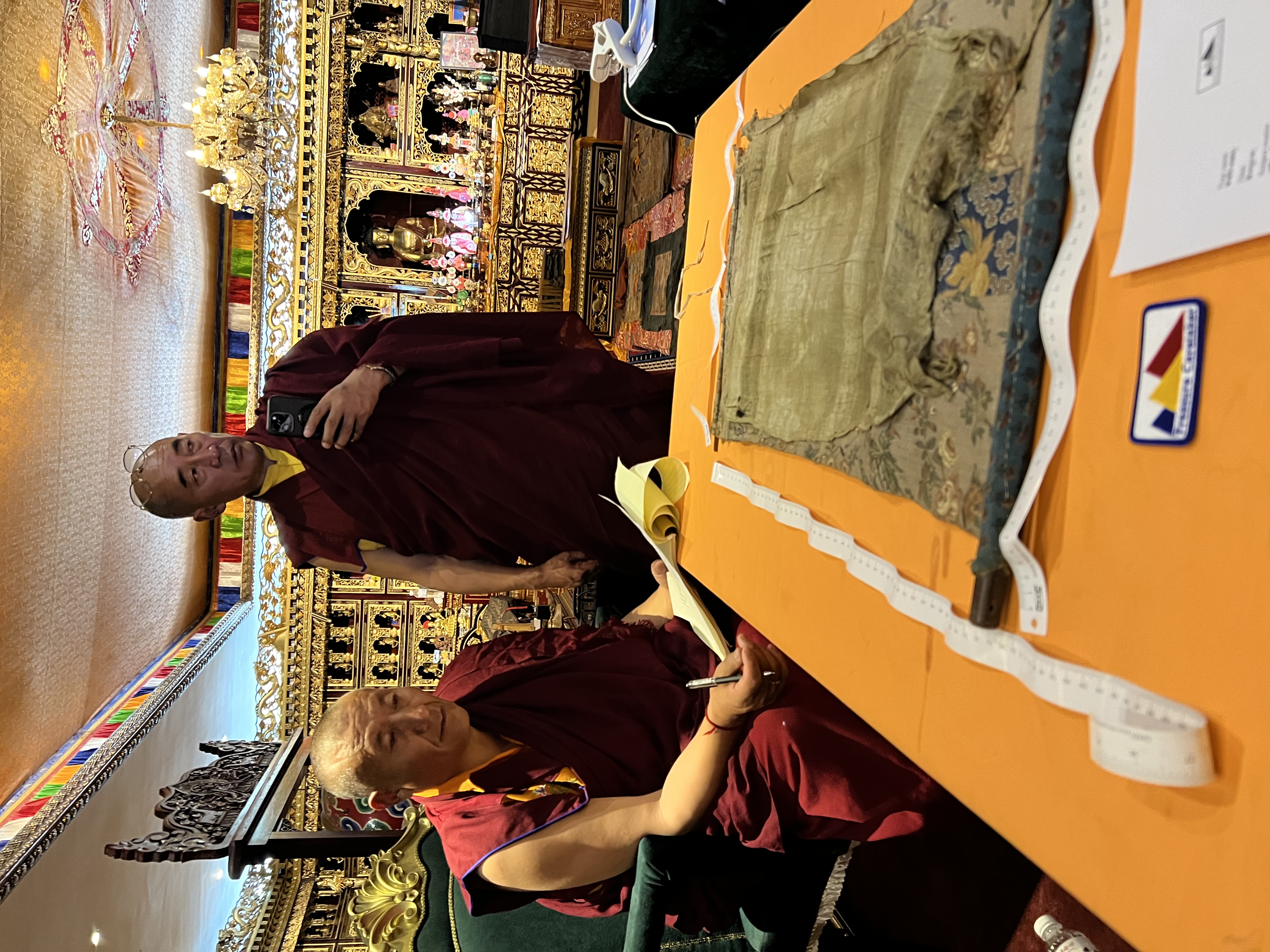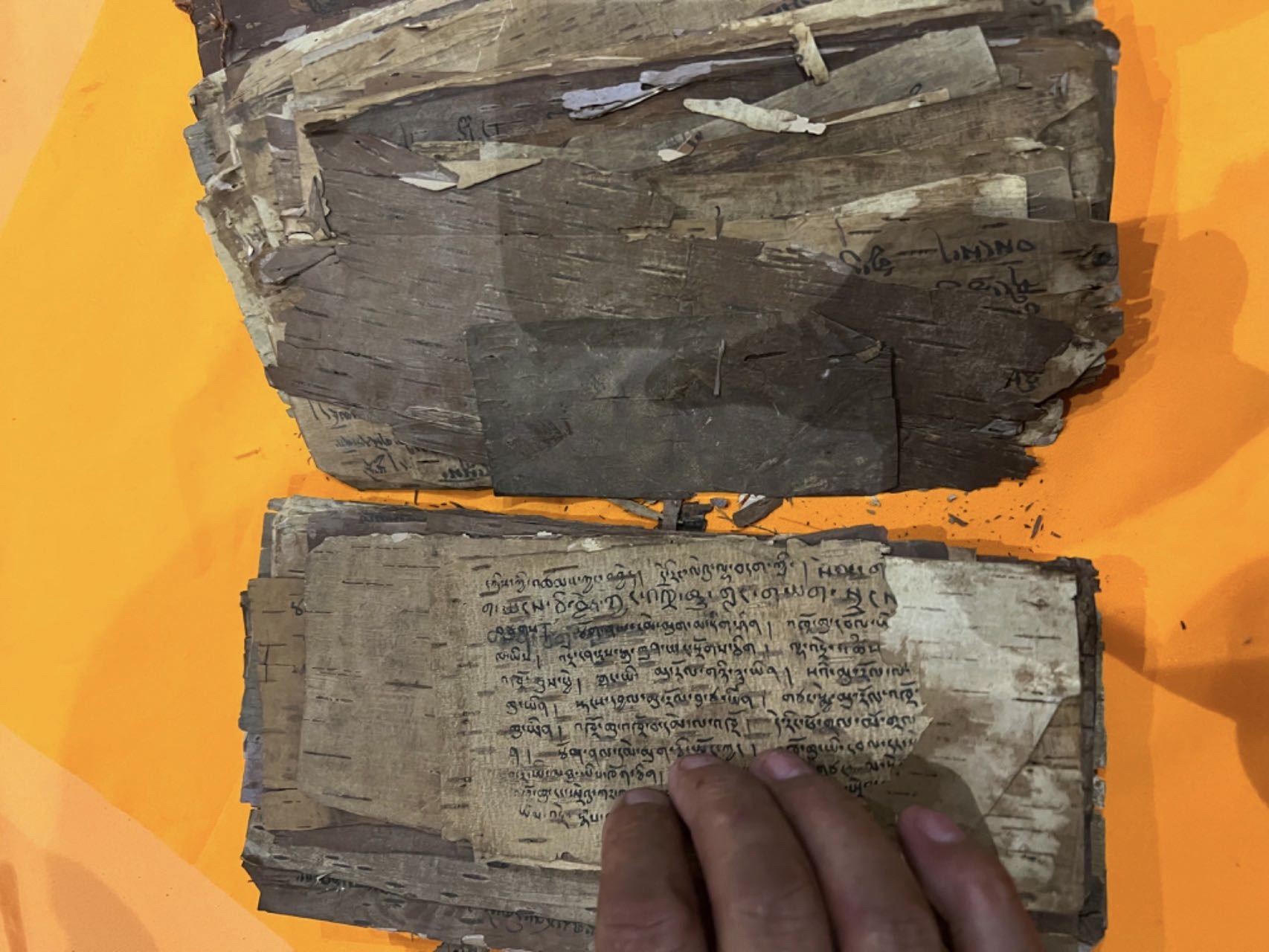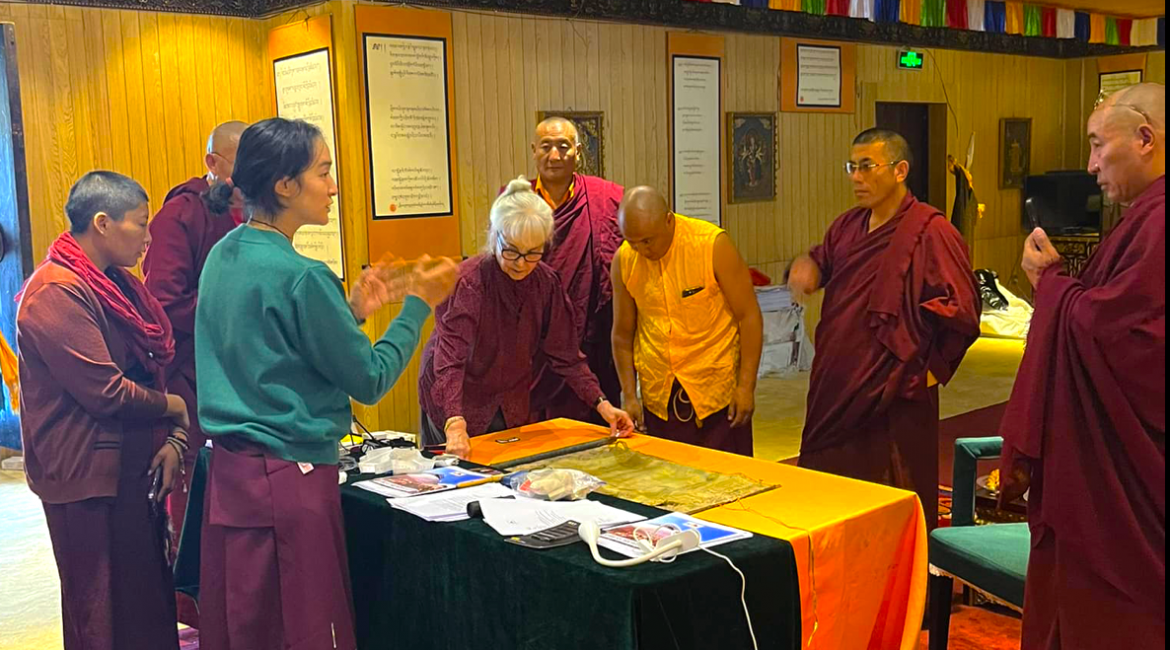In the past summer of 2024, senior conservator Ann Shaftel of Treasure Caretaker Training was invited to bring her experience to Yushu Tibetan Autonomous Prefecture, in Qinghai province of the People’s Republic of China. Yushu is located in the traditional Tibetan heartland of Kham. The team set up work in Yushu City, known locally as “Jyekundo, “which has long been a center of global trade and a stop on the overland silk routes from Inner Asia to Central Asia and beyond.
The prefecture of Yushu is home to many monasteries, sacred locations, and historical sites. These include Jang Tana Monastery, Gar Gonpa, Thrangu Monastery, Janamani (which has the world’s largest Mani stone pile), Bi Nampar Nangdze (a temple built by Princess Wencheng on her way to marry King Songtsen Gampo), and others. The location was selected as one of the greater hubs of Eastern Tibet, which has long gathered travellers and pilgrims from all over.

The project, sponsored by private supporters Greg and Sarah Rubin, involved Ms. Shaftel leading 3 days of workshops for the representatives of Tana, Zurmang, and Thrangu monasteries, as well as local community members. This was the first such experience for all of the participants. The event was hosted by the Gesar Palace Hotel, which often hosts cultural preservation events in the region. To aid in this work, Ms. Shaftel was assisted by Pema Khandro, an English-to-Tibetan interpreter from the nearby nomadic Chumalep region. Pema Khandro, a recent college graduate, speaks fluent English, Chinese and the regional northern Kham and Nomadic dialects.
The trip began with a visit to Xining, the capital of Qinghai, visiting the 450-year-old Kumbum Monastery (which is celebrated as the birthplace of Gelug founder Tsong Khapa) and the small, mountainside Baima (White Horse) temple. Upon arrival in Yushu, the work began. Representatives of different monasteries and local communities were invited to the Gesar Palace Hotel and welcomed to bring objects from their homes, communities and temples.

Ms. Shaftel lectured on topics such as risk assessment, planning for emergencies, documentation, and safer storage. She then worked closely with participants hands-on, including how to document objects in detail, and how to interview elders to preserve their stories. She shared how to use inexpensive phone apps and simple technology such as use of existing light sources to examine and then document the condition of treasures.
As a conservator who has worked in the Himalayan region since 1970, her practical and low-cost strategy combines current science with respect for cultural heritage traditions.
The lamas and community members were then able to try out their skills on the objects they had brought with them, including centuries-old thangkas, texts, statues, and even arms and armor. Many of the lamas have since said how excited they are to continue documentation and preservation work in their monasteries, and look forward to Ms. Shaftel visiting their monasteries to work on site together.
Ms Shaftel is invited to several monasteries in the region in April and May of 2025 for continuing documentation of monastery and community treasures.


